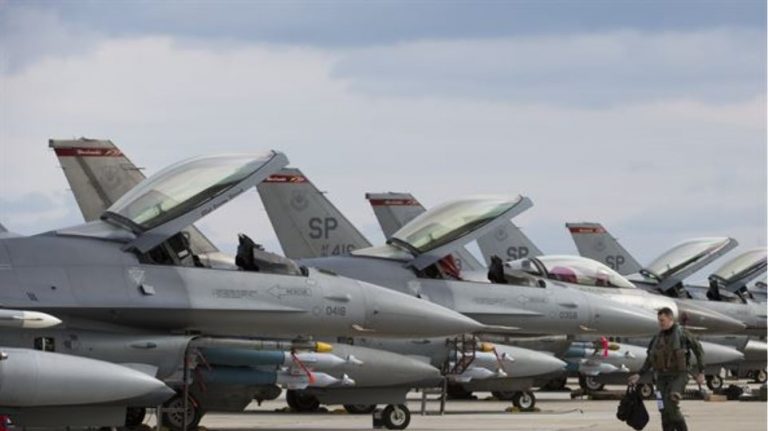The United States Air Force currently has some 5,000 service members stationed at the Incirlik Air Base in Turkey. A product of the Cold War, Incirlik gave the United States an airfield right on the borders of the former Soviet Union. While it did not possess any missile capability, it did host an air wing capable of delivering conventional and nuclear munitions quickly into sensitive areas of the then Soviet Union. However, with the end of the Cold War in 1991, and the increasing energy independence of the United States, the air base is no longer vital to the national security interests of the United States.
Coupled with the increasing amount of tensions between Turkey and the European Union, as well as the United States, along with Turkey’s purchase of the Russian-made S-400 Air Defense system, it is time for the United States to seriously consider closing down the American presence at Incirlik Air Base on the Anatolian Peninsula.
History of Incirlik Air Base
Incirlik Air Base has played host to units from the United States Air Force Base since 1955. Originally named the Adana Air Base, the name was changed to Incirlik Air Base in 1958. The current U.S. squadron at Incirlik is the 39th Air Wing of the U.S. Air Force. While the United States removed its nuclear-tipped missiles in 1963, the air base still houses some fifty B61 gravity delivered nuclear munitions.
International flight passengers to Greece to be placed in 7-day quaratine on arrival
During the Cold War, Incirlik served as the southeastern part of NATO’s airpower to deter aggression from the Soviet Union. It was also a powerful staging point for the United States to influence security issues in the Middle East. During the ISIS war, Turkey authorized the use of Incirlik Air Base against the ISIS Caliphate from 2015 until the decision by President Donald Trump in 2018 to withdraw U.S. forces from Syria and end United States participation in the air war against ISIS.
The Air Wing has no permanently assigned aircraft but serves a forward operations base. It is capable of hosting numerous types of aircraft, from the front-line fighter jets of the U.S. Air Force to its logistic aircraft to move troops, munitions, and other supplies in the Middle East.
Read more: The National Interest
Ask me anything
Explore related questions





